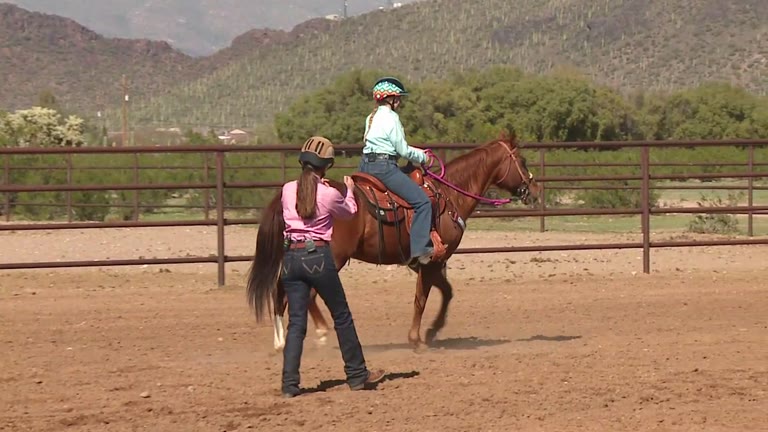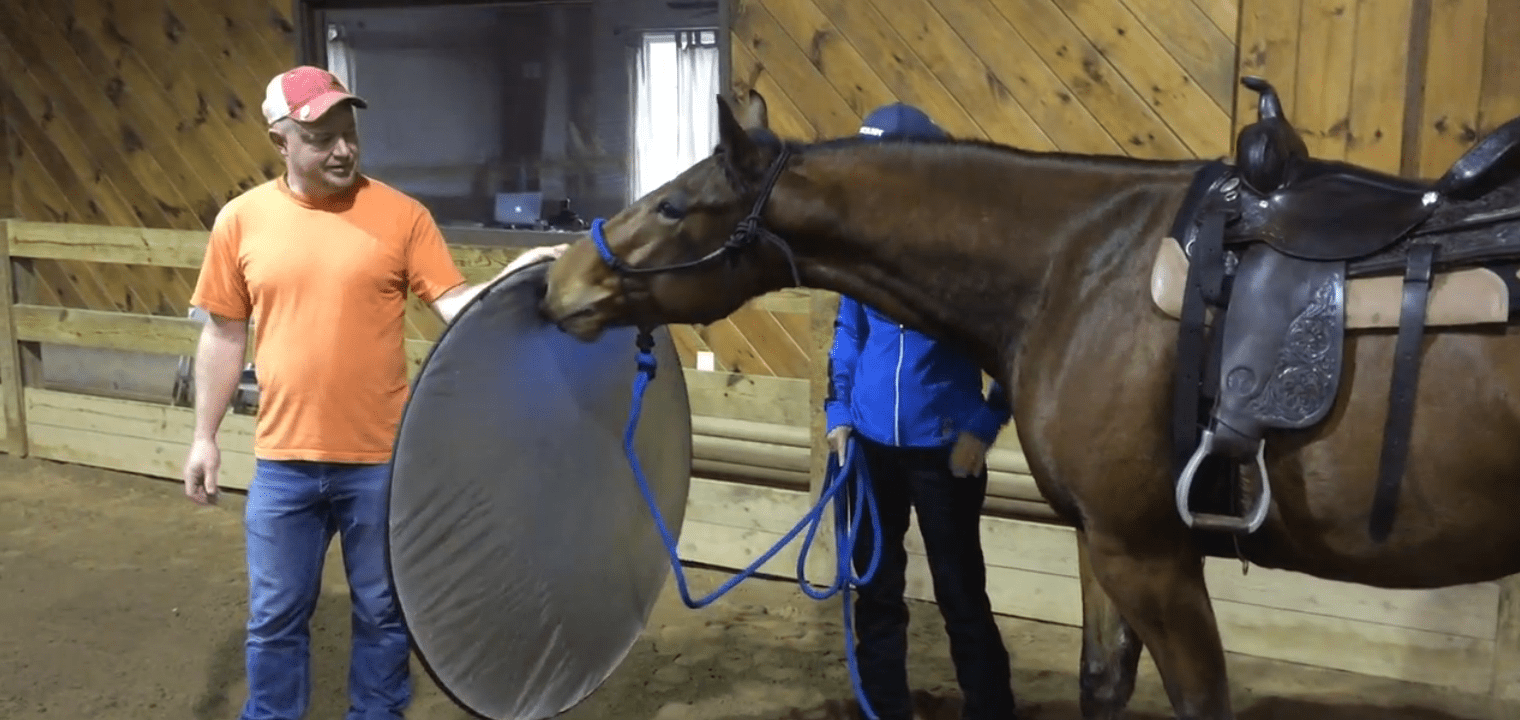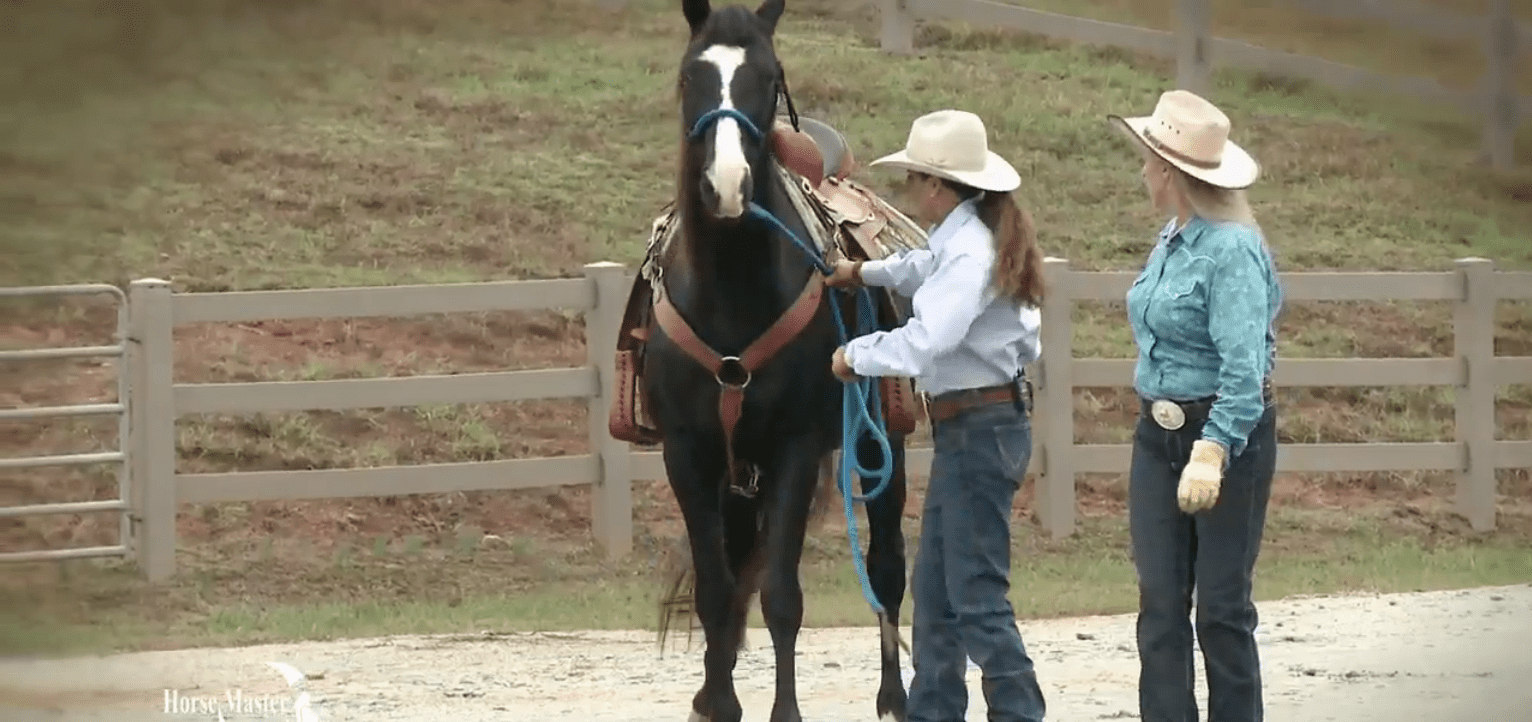A few days ago, I was driving home from my last trip of the year, relishing the thought of being home for eight weekends in a row. As I drove through South Park (yes, there really is such a place and it is well depicted in the cartoon), looking out over hundreds of thousands of acres of pasture land with thousands of cattle, horses, elk and antelope ranging, I was fantasizing about how much I will enjoy being home over the next couple months.
My day-dreams were rudely interrupted by a scene that irritates me every time I see it: horses turned out with halters on. Unfortunately, we see that a lot around here; sometimes the horses are turned out in rope halters, which is even worse since they will not break. I am not sure whether this is done out of ignorance, laziness or simple incompetence, but I am sure it is not a good idea.
In my opinion, there’s no good reason to turn a horse loose in a halter and leaving a halter on 24/7 is very poor horsemanship. It is uncomfortable, potentially dangerous to the animal and it will not resolve any training issues that the horse might have. Turned loose in a halter, the horse may potentially snag the halter on something and be stuck. Maybe he’ll panic and break free, maybe he’ll throw himself on the ground and struggle; either way the potential for hurting himself is huge.
Besides, how would you like to have that thing on your head all the time? Maybe some people think because we leave collars on dogs, it is ok to leave halters on horses, but a dog does not have the same capacity for panic and destruction that horses have.
Often I hear people say they leave a halter on because their horse is difficult to catch. But guess what? That’s not fixing the problem—it’s avoiding it. Training and good handling will fix a hard-to-catch horse; leaving a halter on 24/7 will not. I’ve worked with many wild, unhandled or traumatized horses and the temptation to leave a halter on is great. But until the horse is desensitized to your approach, your touch and the halter going on and off, your problem is not solved.
I can imagine that in some circumstances leaving the halter on might be a reasonable temporary solution, but at some point the horse has got to be trained. Leaving the halter on 24/7 does not train the horse to accept these things—only physically doing it will. Have you worked with a horse you had to leave the halter on? Why? Was it temporary or permanent?
There are some horses in my neighborhood that have their halters on 24/7 and it makes me cringe every time I drive by. I am not sure who owns them or why they leave halters on some horses and not others, but I’ve never seen anyone handling these horses or doing anything with them. My guess is that it is done from sheer ignorance.
I’ve known a lot of horse breeders through the years who like to halter break their youngsters by leaving a halter on and dragging a lead rope for weeks on end. I’ve even known people that will tie the lead rope to a big tire and even to a mule. This has always bothered me because I think it is very uncomfortable and confusing for the young horse.
There are a lot of training techniques out there that I would never use but I respect the rights of others to use them as long as they do not hurt the horse and if they have good results. But for me, it has to make sense to the horse and respect his right to be comfortable on his own time. What training techniques have you seen or heard of that don’t make sense to you? I’d love to hear about them.
Enjoy the ride,
Julie
Join Julie’s Library Membership for tons of training advice HERE



